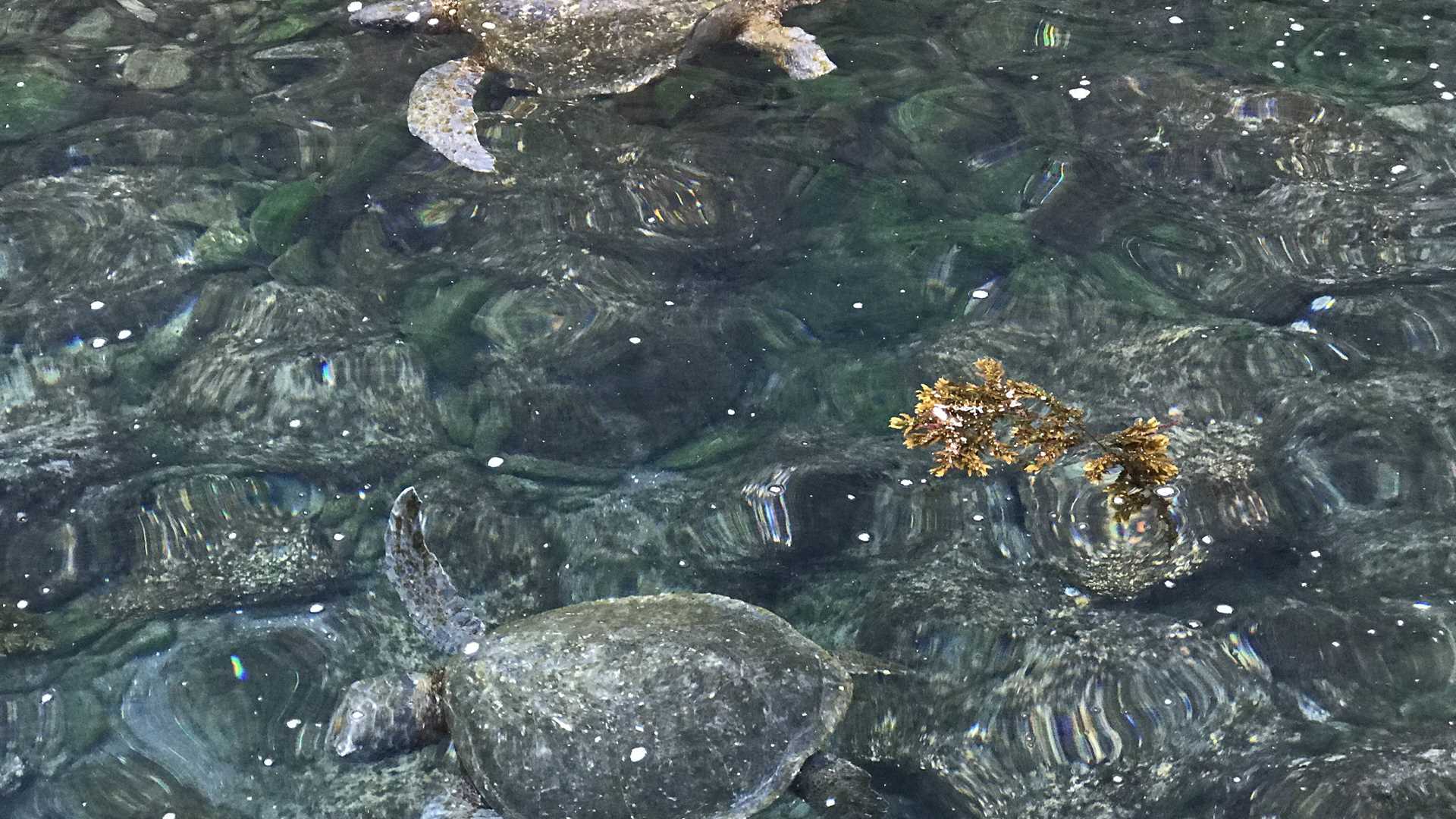This region of the archipelago is one the most isolated parts of Galapagos, with least amount of human impact to the environment.
This area has enough nutrients to support the largest congregation of marine iguanas, as well as seventy percent of the Galapagos penguin’s populations, and the entire population of Galapagos flightless cormorants. This part of the archipelago also provides the best chance to view large sea animals, such as whales, dolphins, ocean sunfish, sea lions, and turtles. So far, we have seen almost all of this animals during our expedition.
The geology of this region is also very impressive, because Fernandina and Isabela Islands are considered to be the youngest geological formations in Galapagos. This part of Galapagos has active volcanos, and it is not unusual to see volcanic activity almost every couple of years.







